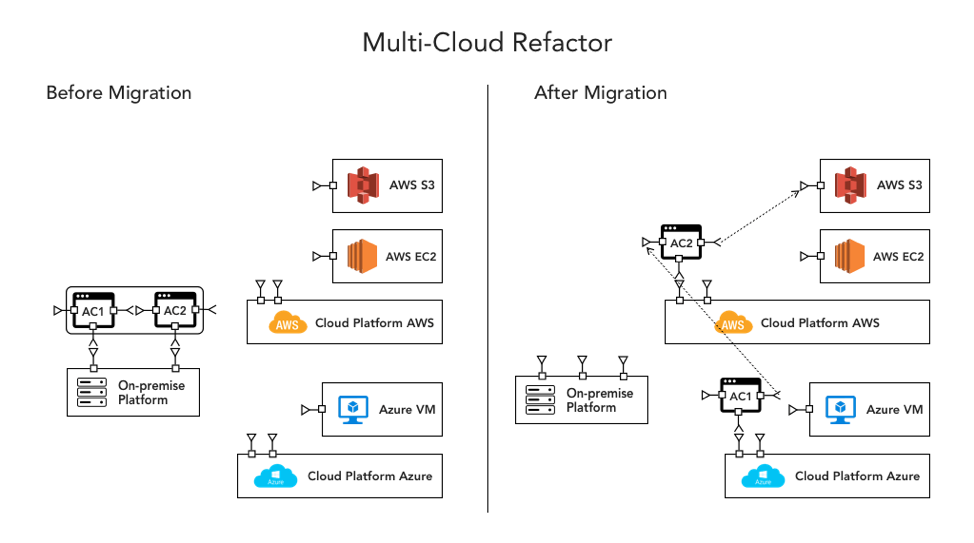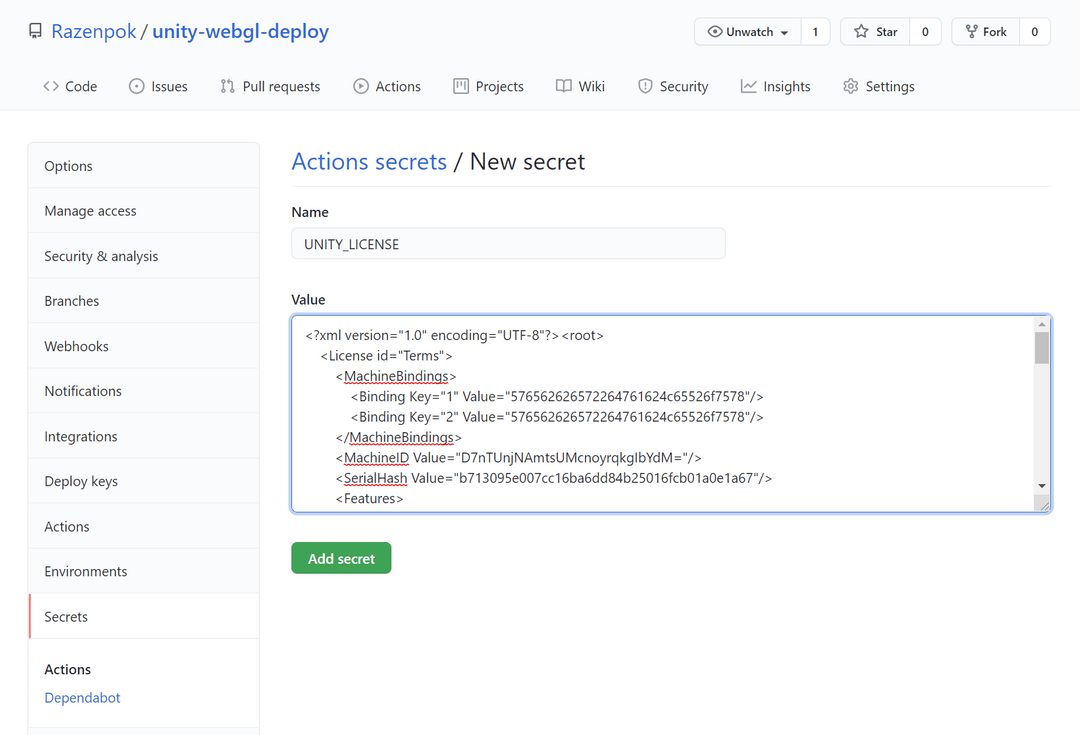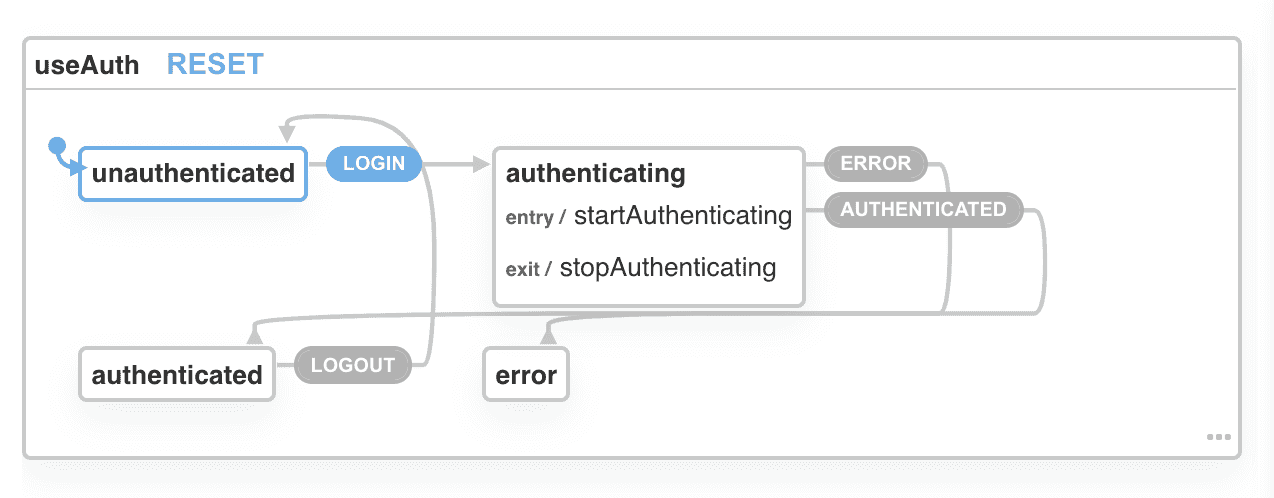

Whereas the deployment areas for stages SIT, QA, and LIVE still contain the file: The project and the areas associated with the DEV stage now contain the item file: In the Dimensions CM desktop client, in the Move dialog box, the developer moves the item in the project, and enters a request, R1, in the Track changes with request(s) field.

To move the foo.c file, the developer performs the following steps: The project uses the GSL consisting of these stages: Suppose a developer needs to move the foo.c file from the src folder to the utils folder. Using the request your specified when delivering changes means that you can use the request to deploy any refactoring changes that occurred. Refactoring changes take place in the work area and are then delivered to the stream. Otherwise the action will not be completed.įor streams, set this option: Valid request must be specified when delivering changes This means that you are required to provide one or more request IDs when you perform an action that results in refactoring, such as exporting an item or renaming a project folder.

When you subsequently promote one of these requests to another stage in the GSL and deploy it, the refactoring changes tracked against that request will also be applied to the deployment areas associated with the new stage.įor projects, set this project option: Request required to refactor When you perform actions that will result in refactoring, such as exporting a file to a project or moving a project folder, those changes will be recorded against the request ID that you supplied when you performed that action. Baselines cannot be used to deploy refactoring changes. Using Dimensions CM requests to track refactoring changes is the recommended method of ensuring that these changes are reflected in the appropriate deployment areas. Otherwise, when you need to deploy the refactored changes (because another change is dependent on it), you may jnot be able to deploy the refactoring request because the other changes are related to it. If you deploy refactoring changes out of sequence, the deployment fails.Īlways refactor using a new request that is not related to any other changes. If you have refactoring changes, you must deploy them using a request and not a baseline. To deploy the changes to the deployment areas for other stages in the Global Stage Lifecycle (GSL), you need to take additional action. When you make these changes, they will happen automatically only in the project/stream in which you perform the changes, and in any areas associated with the project's initial deployment stage that are defined as Deploy by Default. The following changes in the Dimensions CM web client, desktop client, or dmcli client result in refactoring:


 0 kommentar(er)
0 kommentar(er)
